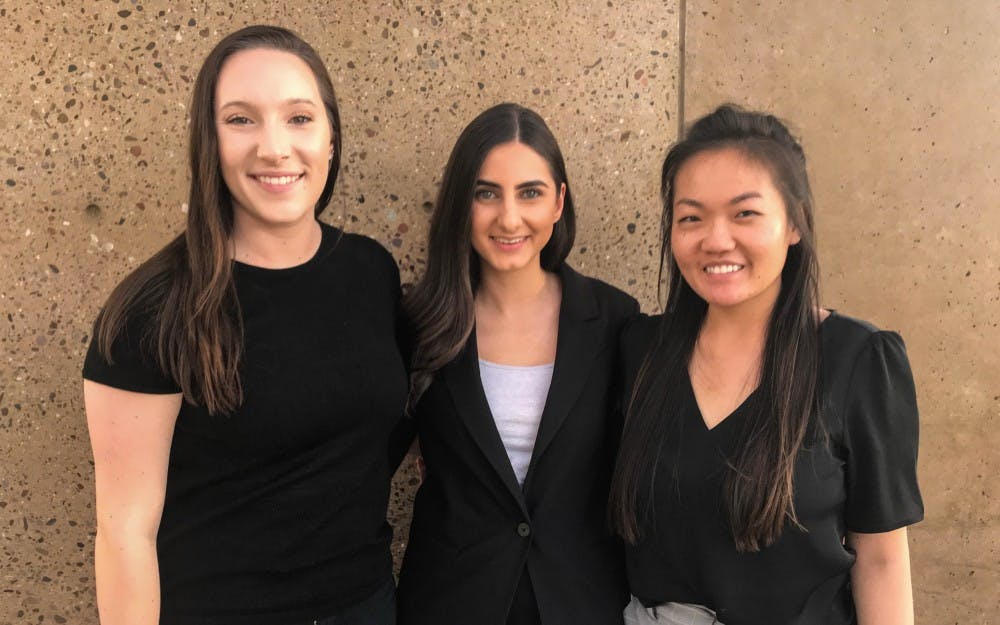While women have played a major role in shaping the field of architecture and have been behind some of the boldest designs of the century, gender inequality in the field continues to plague the profession.
The American Institute of Architects conducted a survey in 2016 titled Diversity in the Profession of Architecture which found that 43 percent of female architects and architecture students in the U.S. felt somewhat underrepresented in their field, and 26 percent felt very underrepresented.
In reaction to this stark reality and their own personal experiences, women architecture juniors created the Student Organization of Women Architects and Allied Arts, or SOWA+.
The club seeks to represent the often-underrepresented female minority in the field of architecture.
“It will touch on the thing we have all been missing,” said architecture junior Nenwe Geeso, co-president of SOWA+.
After noticing a lack of female mentors in the architecture school and various conversations with professors and peers in the Design School, Geeso co-founded the organization with architecture junior Cecile Kim.
Once the idea for SOWA+ was discussed, Geeso and Kim had no trouble finding supporters for their new initiative.
“A lot of people were on board with it from the start,” Geeso said.
While the goals of the club are multifaceted, Geeso and Kim hope to build a greater sense of consciousness for some of the issues of inequality in the design professions.
“We aim to inspire and advance women while creating awareness of the issues we face in the design industry by supporting and encouraging diverse leadership in education and practice,” Geeso said.
The girls plan to mold SOWA+ into a platform to connect students with professionals.
“It will eventually lead into a future where SOWA+ becomes a connection between university level architects and professionals in the field,” Geeso said. “The strength in the connections you make with other professionals and peers will be what helps you grow in the professional world.”
Elizabeth McLean, faculty associate in the Design School and an architect at Ayers Saint Gross, points to these networking opportunities as an important aspect of the club.
“The potential dialogue between the local community and the school through organizations like SOWA+ helps to break down the barriers between the professional community and the school when there is something that they can and should relate to each other on,” McLean said.
While networking is an important opportunity to be provided through the organization, McLean said using SOWA+ as a platform to address the larger problems of inequality in the field will be another key trademark of the organization.
“It is always good to be transparent with each other and engage in conversations about the future of their professional careers,” McLean said.
Architecture junior and vice president of administration for SOWA+ Ali Patrick, and co-presidents Geeso and Kim, described the present reality for women in architecture both in school and moving into their profession.
Despite the closing gender gap in architecture school, there remains a significant disparity in the number of women that move on to become licensed architects.
“In architecture school, the gender distribution is pretty even, but it is a drastic change when you get to the professional level,” Kim said.
Women are driven out of the field by the long hours, childcare, pay gap and lack of professional mobility creating what is known as the missing 32 percent, the percent of female architecture graduates that do not make it through licensure.
While the club is geared to empower women in architecture through providing resources, peers and connections to close the gap, Geeso said anyone is encouraged to join.
“We want them to know how to address these issues as well so we can raise awareness and work on this problem together,” Geeso said.
Reach the reporter at goldham@asu.edu and follow @graceoldham123 on Twitter.
Like The State Press on Facebook and follow @statepress on Twitter.




